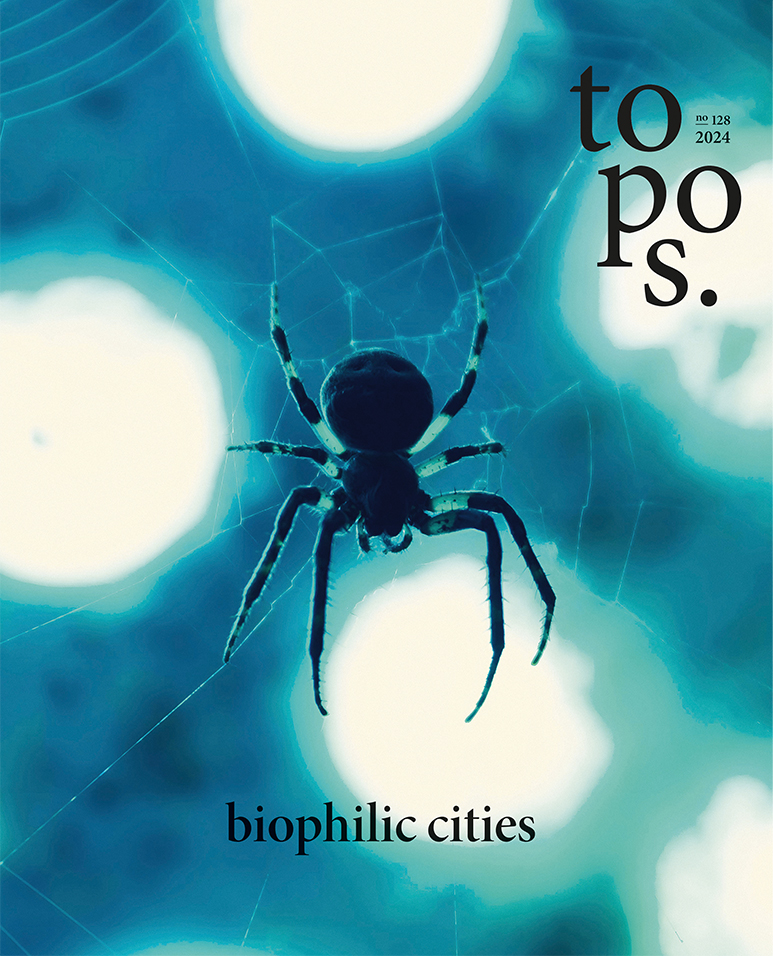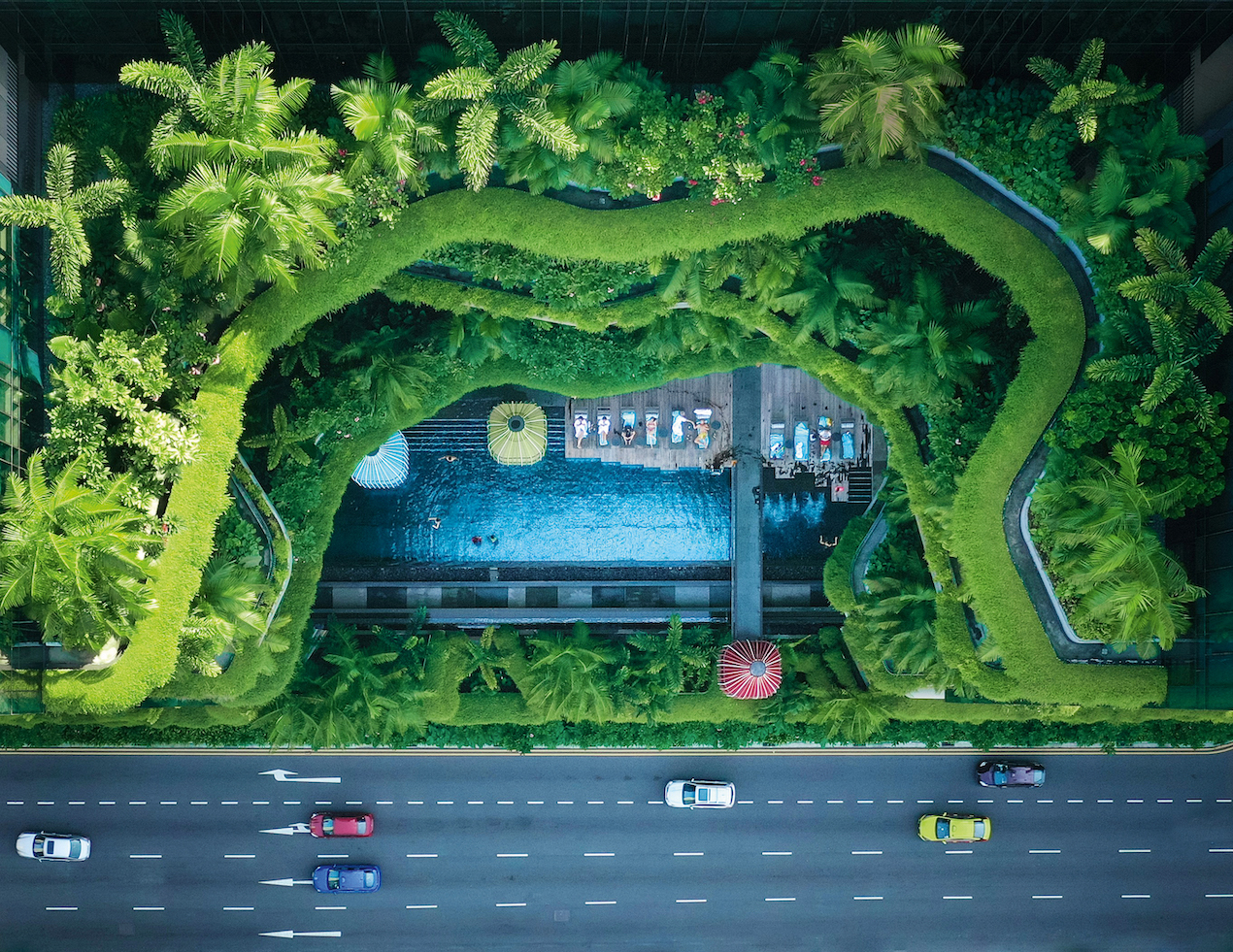

topos 128: biophilic cities
The cities of the future are nature-based – or at least they should be if we want to live in them tomorrow. While the building of cities was once a symbol of humanity’s victory over wild nature, today more and more metropolises are trying to bring nature back. Greater resilience, sustainability, quality of life and biodiversity are just a few of the many good arguments for doing so. In issue 128 of topos magazine, we take a look at the concept of the biophilic city, its pros and cons, and we discuss hand-picked examples of cities, that have successfully integrated fauna and flora into their urban structures.
Get a free preview of our current issue – enjoy the read.
about topos
topos - The International Review of Landscape Architecture and Urban Design - focuses on landscape architecture as well as increasingly on architecture and urban planning. It sees itself as an interdisciplinary think tank aimed at addressing the challenges urban areas will face in future. The professional magazine strives to inspire planning practitioners, urban experts and professionals who shape the cities of tomorrow. Every issue of the periodical, that is published quarterly, is dedicated to a different topic and deals with a broad array of projects and planning work in countries all over the world.


San Francisco: Codified into law
San Francisco, one of the first North American adopters of the concept, is making measurable strides – both visible and invisible, exciting and tedious – towards becoming a biophilic city. From architectural ordinances to reduce urban bird mortality to a permitting track that allows citizens to convert concrete to gardens, San Franciscans are being allowed more opportunities to engage with nature and biomorphic environments that enter the city grid. Read more in the print issue or the ePaper. (Credit: Unsplash)


Singapore’s Green Rise
Singapore is considered one of the most biophilic cities on our planet and has established itself as a role model for the integration of nature into urban spaces. Despite being densely built-up and having very little space, the city-state manages the feat of being a green urban oasis – and wants to become even greener in the future. However, Singapore's success story as a biophilic city did not happen overnight. Its foundations were laid many years ago.
Read more about it in the print issue or the ePaper. (Credit: Unsplash)


Edmonton: Ecology, wellness, and celebration
Networks for animals to traverse the city, green and blue spaces for people to enjoy nature and celebrate, respect for Indigenous heritage – Edmonton in Canada is well on its way to becoming a biophilic city that excels at integrating these different aspects. Planner Paul Giang gives insights into the city’s Breathe strategy. Read more in the print issue or the ePaper. (Credit: Unsplash)
